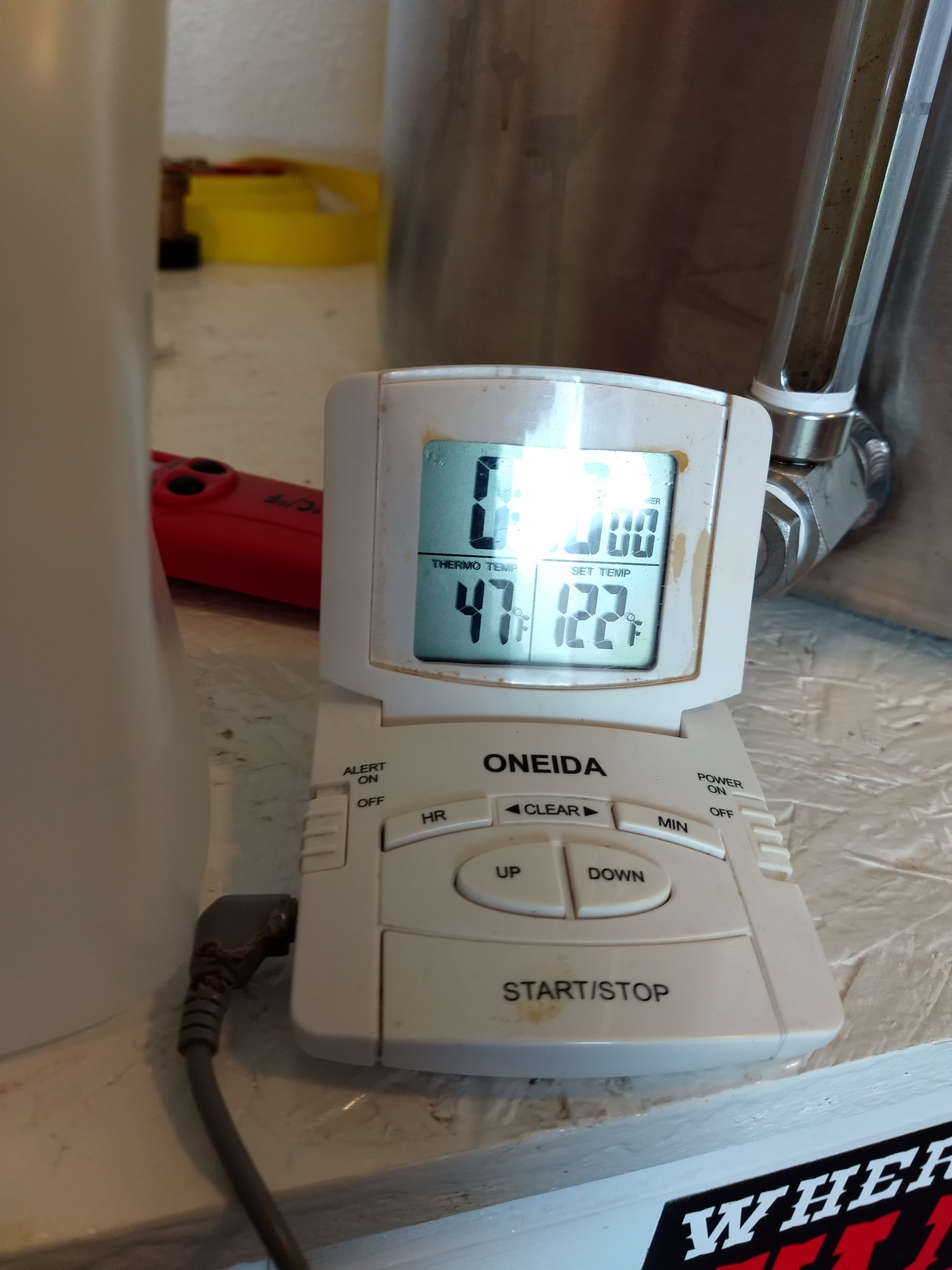https://conical-fermenter.com/wc30x1/2-ss-tc-670_stainless-steel-wort-chiller.html
It's not as efficient as I'd like, but then again, it's stainless steel which is not as conductive of heat as is copper.
I'm also not as enamored of Stout Tanks as a supplier as I wish I were. They misrepresented the time to deliver on their website, when the order was placed they indicated delivery 3 weeks further out than they'd said on the website, they charged me credit card fees, they required a deposit (against which they charged credit card fees), and they wouldn't quote shipping despite that being tremendously easy. I could see why they wouldn't quote it up front--cost $54 to ship it to me. Sheesh. The end result was about a $254 chiller, which is rather pricey.
There is at least one other vendor out there selling a stainless CF chiller. Can't recall who, ran across them after I bought this one.
Yeah, same one I've got. I've found though that if I turn down the flow rate of the wort I can get it sub 90 degrees on a single pass which is fine for me. I just get it into the fermentor at ~90 degrees and let my fermentation chamber (freezer) drop it the rest of the way to pitching temp.


























![Craft A Brew - Safale S-04 Dry Yeast - Fermentis - English Ale Dry Yeast - For English and American Ales and Hard Apple Ciders - Ingredients for Home Brewing - Beer Making Supplies - [1 Pack]](https://m.media-amazon.com/images/I/41fVGNh6JfL._SL500_.jpg)

































